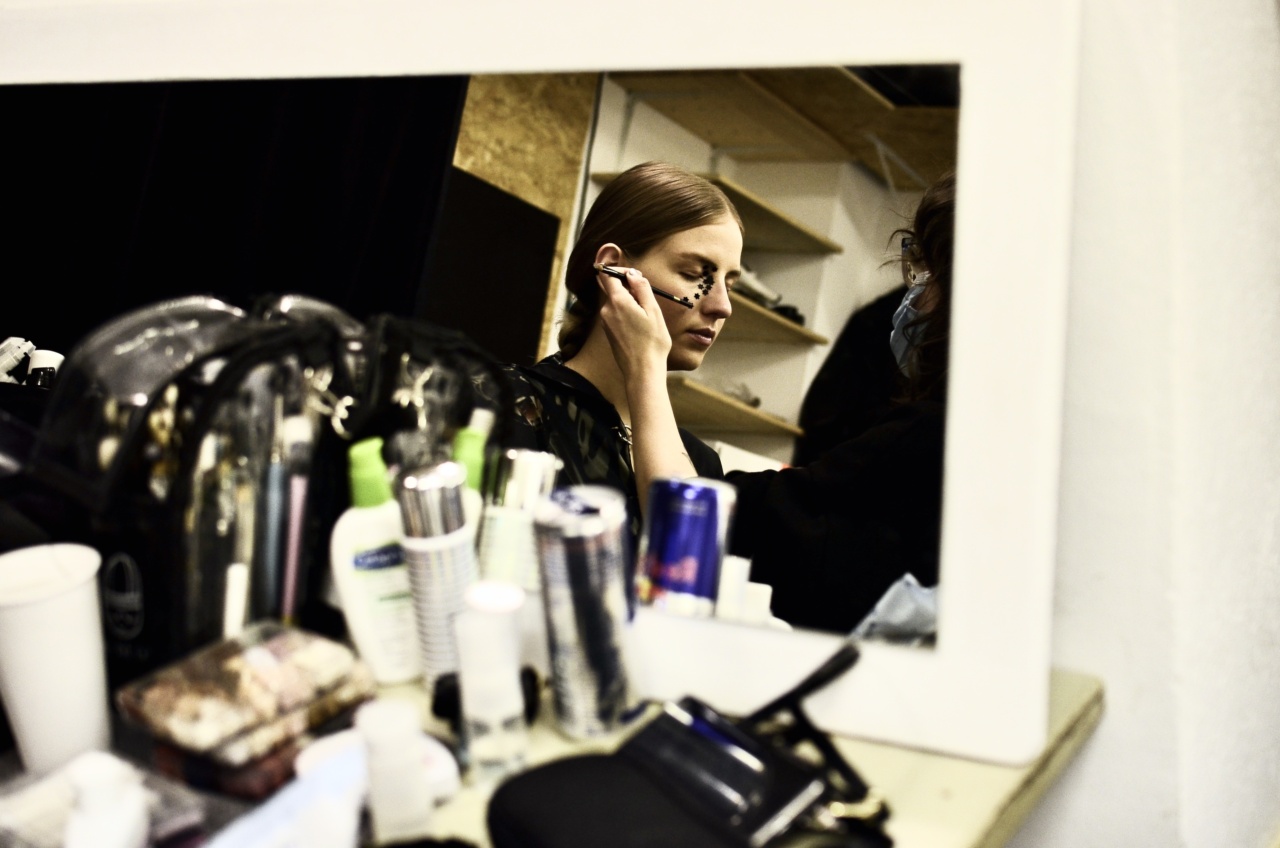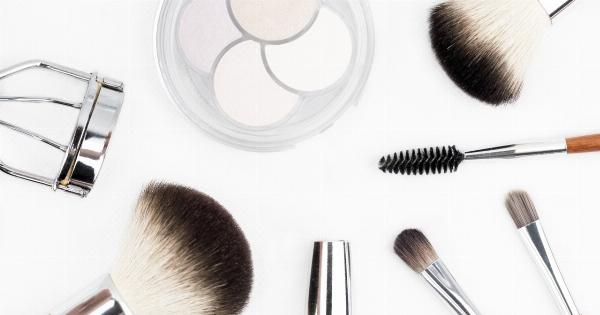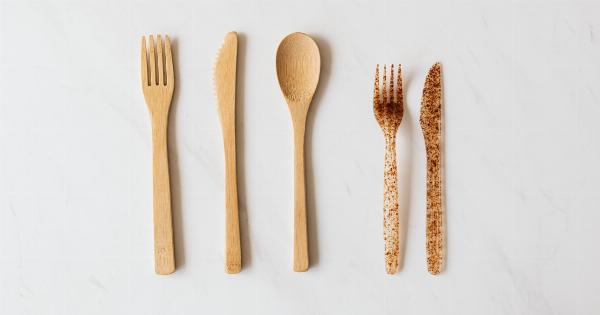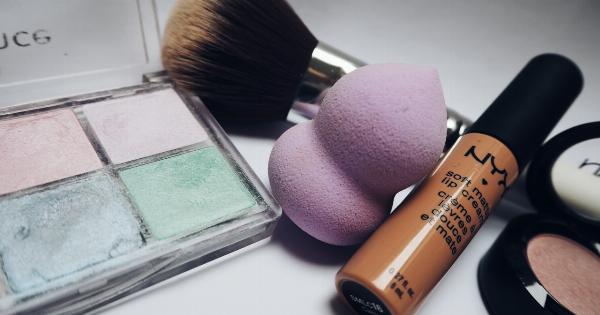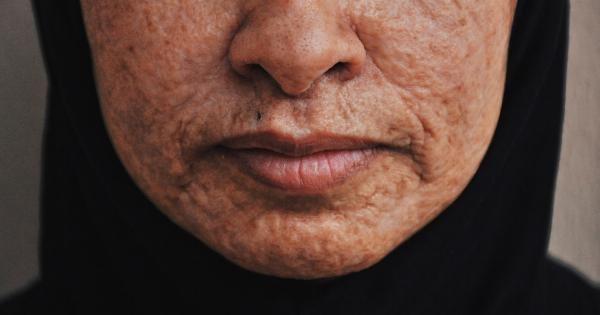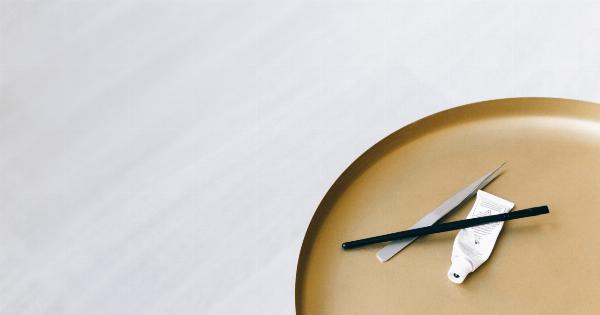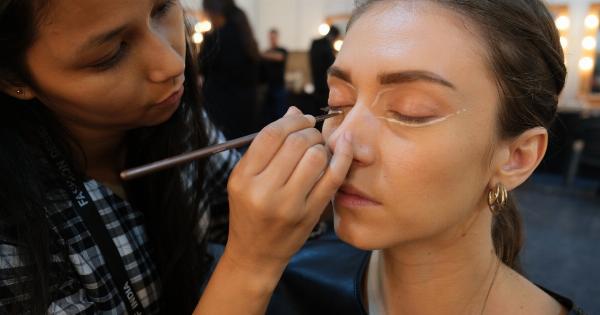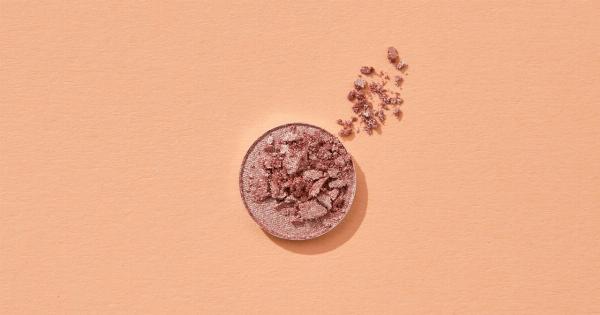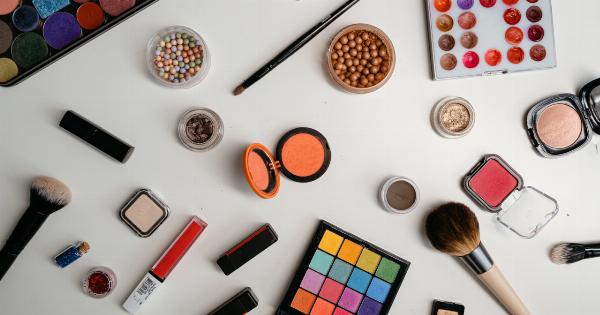As a makeup enthusiast, you probably spend a considerable amount of time perfecting your makeup looks.
However, have you ever thought about the cleanliness of your makeup tools? Neglecting to clean your brushes, sponges, and other tools regularly not only affects the application of your makeup but also poses various health risks. Let’s discuss the importance of brushing up and cleaning your makeup tools to maintain hygiene and achieve flawless makeup looks.
The Dangers of Dirty Makeup Tools
Dirty makeup tools can harbor a multitude of harmful bacteria, oil, dirt, and dead skin cells. When you use these tools on your face, you end up transferring these unwanted substances directly onto your skin.
This not only compromises the overall cleanliness of your skin but can also lead to a variety of skincare issues such as acne breakouts, irritation, and even infections.
Brushes: Your Everyday Essential
Makeup brushes are undoubtedly the most commonly used tools in any makeup routine. Whether it’s for applying foundation, blush, eyeshadow, or concealer, brushes come in contact with your face on a regular basis.
When brushes aren’t cleaned, they accumulate product buildup, become stiff, and lose their softness, compromising their ability to blend makeup seamlessly and evenly.
Cleaning your brushes regularly ensures optimal performance and extends their lifespan. It helps to remove any residual product, bacteria, and other debris, allowing your brushes to maintain their softness, shape, and effectiveness.
Moreover, clean brushes offer a much more enjoyable makeup application experience, allowing you to achieve that flawless finish you desire.
Sponges: A Must-Have for a Flawless Base
Beauty sponges, such as the iconic makeup blender, have gained immense popularity in recent years due to their ability to create a flawless, airbrushed finish.
However, without proper cleaning, these sponges can become a breeding ground for bacteria and germs. Every time you use a dirty sponge, you risk transferring these harmful microorganisms directly onto your skin, leading to potential breakouts and infections.
Cleaning your makeup sponges regularly helps maintain their softness, bounce, and efficacy. It removes leftover product, oils, and bacteria that accumulate after each use, ensuring a hygienic application every time.
Additionally, clean sponges allow your foundation and other base products to blend seamlessly, creating that coveted airbrushed finish with ease.
Cleaning Methods for Makeup Tools
Now that you understand the importance of cleaning your makeup tools, let’s delve into the various cleaning methods you can employ to keep your brushes, sponges, and other tools pristine and free from bacteria:.
1. Brush Cleaning
To clean your makeup brushes, follow these simple steps:.
- Step 1: Run the bristles under lukewarm water to wet them.
- Step 2: Apply a small amount of brush cleanser or mild shampoo to your palm or a cleaning mat.
- Step 3: Gently swirl the brush bristles in the cleanser or shampoo, creating a lather.
- Step 4: Rinse the bristles thoroughly under running water until the water runs clear, ensuring all soap residue is removed.
- Step 5: Gently squeeze out excess water from the bristles.
- Step 6: Reshape the bristles with your fingers to maintain their original shape.
- Step 7: Lay the brushes flat on a clean towel and allow them to dry completely.
2. Sponge Cleaning
To clean your makeup sponges, you can follow these steps:.
- Step 1: Wet the sponge under running water.
- Step 2: Apply a small amount of mild soap or brush cleanser directly onto the sponge or onto your palm.
- Step 3: Gently squeeze and press the sponge, allowing the soap to penetrate the material.
- Step 4: Rinse the sponge under running water, squeezing out the soap and dirt until the water runs clear.
- Step 5: Squeeze out excess water from the sponge.
- Step 6: Allow the sponge to air dry in a well-ventilated area.
Additional Tips for Cleaning Makeup Tools
Here are some extra pointers to ensure the efficiency and longevity of your makeup tools:.
1. Frequency of Cleaning
It is important to clean your makeup tools regularly, especially those in direct contact with your skin. Brushes and sponges used for foundation, concealer, and cream-based products should ideally be cleaned after every use.
Brushes used for powder products, such as blush or eyeshadow, can be cleaned more sparingly, every 1-2 weeks.
2. Drying Your Tools
After cleaning, it’s crucial to dry your makeup tools correctly to prevent the growth of mold, mildew, and bacteria.
Always lay your brushes flat or hang them upside down to maintain their shape, and avoid storing them until they are completely dry. Sponges should be air-dried in a well-ventilated area to prevent any potential bacteria growth.
3. Sharing is NOT Caring
Avoid sharing your makeup tools with others, especially if they haven’t been properly cleaned. Sharing brushes, sponges, or any other tools increases the risk of transmitting bacteria, viruses, and other skin infections.
4. Replace When Necessary
Even with proper cleaning and maintenance, makeup tools have a lifespan. Brushes may start shedding or lose their shape, and sponges can become less effective over time.
Be sure to replace your tools when they show signs of wear and tear to ensure optimal performance and hygiene.
Conclusion
Cleaning your makeup tools is a vital aspect of maintaining a healthy and flawless makeup routine.
By regularly cleaning your brushes, sponges, and other tools, you not only ensure their longevity but also protect your skin from potential infections and irritations. Embrace proper cleaning techniques, follow the recommended frequency, and enjoy the benefits of clean and high-performing makeup tools!.
